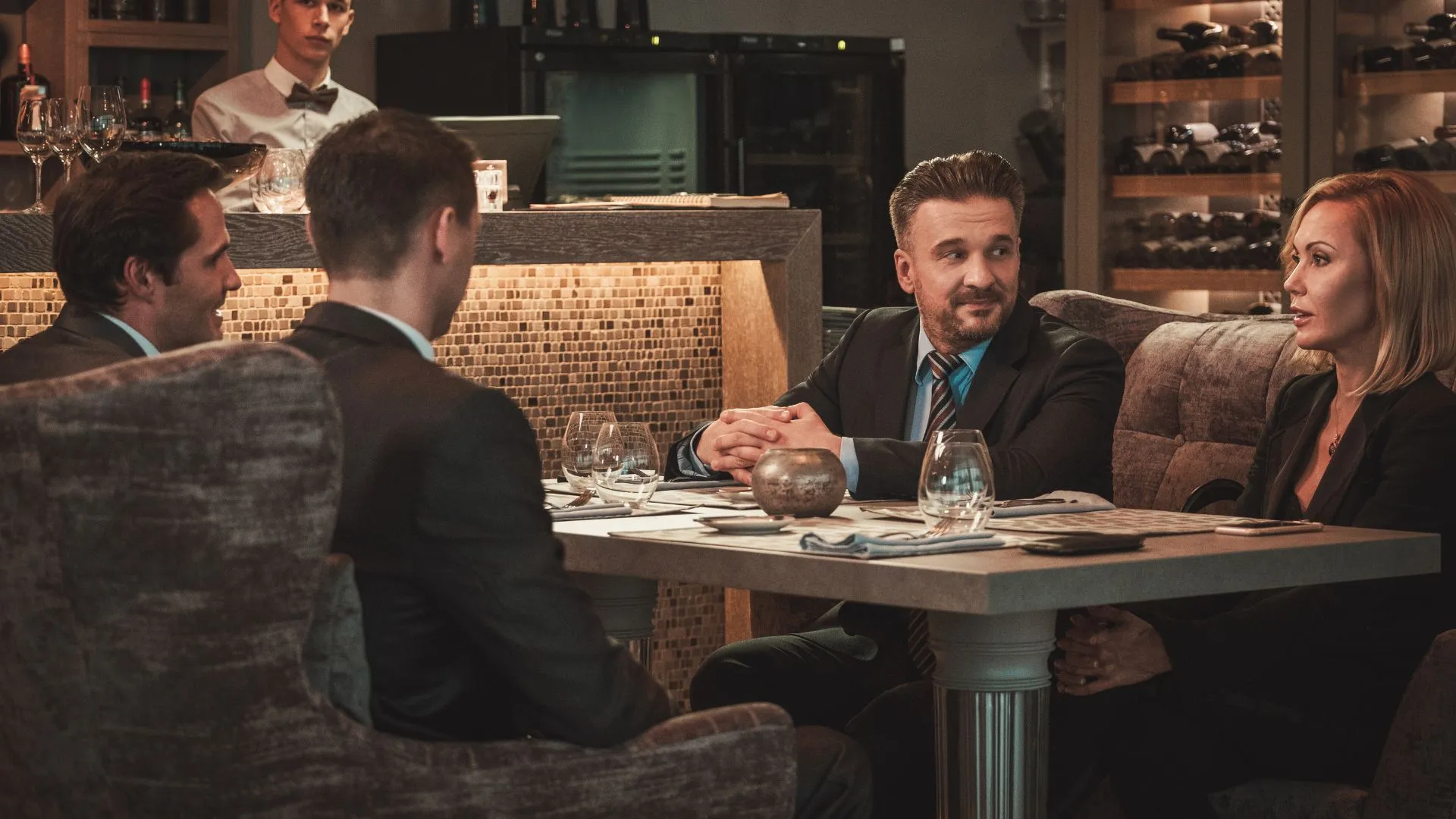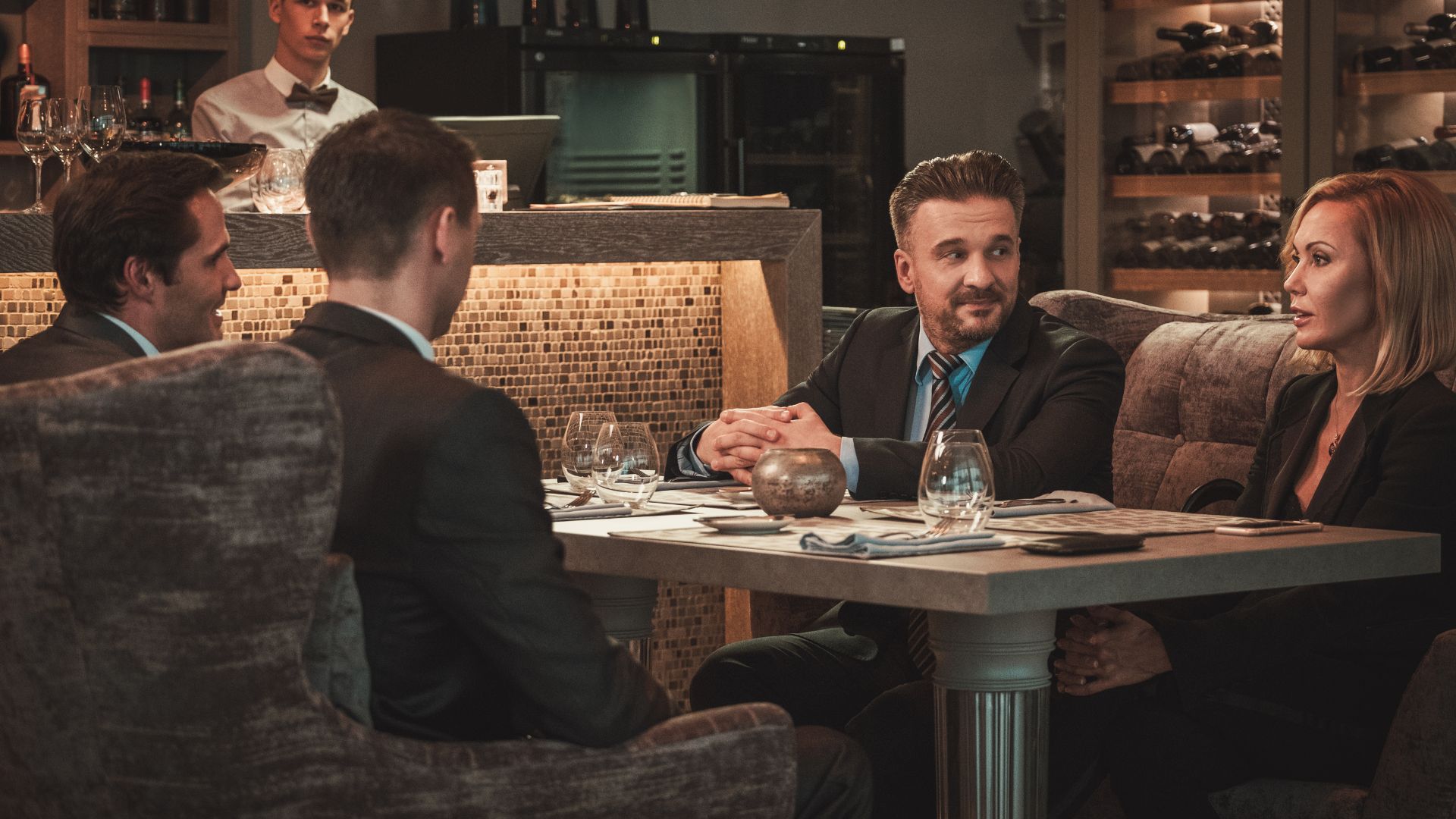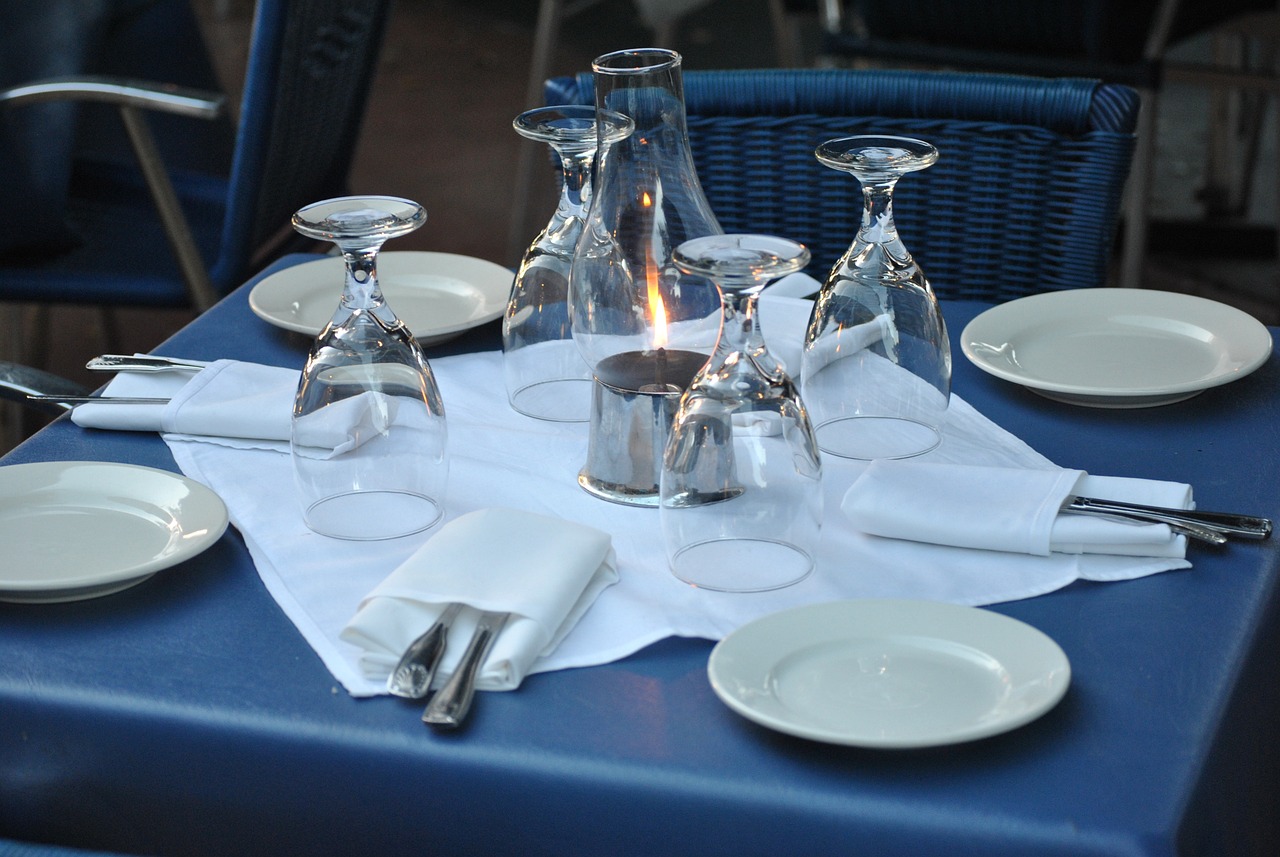
Dining Etiquette for Fine Dining and Business Occasions
November 11, 2024

There is a proverb that goes, better good manners than good looks. Etiquette goes beyond simply knowing which fork to use; it encompasses a range of behaviors, from how one holds their utensils to how one engages in conversation.
Fine dining experiences are often characterized by attention to detail, exquisite cuisine, and an elegant atmosphere. Similarly, in business occasions, where relationships and partnerships are often forged and strengthened over meals, proper dining etiquette is a subtle yet powerful way to demonstrate respect, consideration, and cultural awareness.
This blog will share and explain dining etiquette that can be useful when dining in a restaurant like Marriott Café or Yamazato for a business or client meeting.
A Guide to Dining Etiquette for Fine Dining Restaurants and Social Business Situations
By understanding and practicing these etiquettes, individuals can upgrade their dining experiences and leave a lasting impression beyond their physical appearance. Ultimately, the proverb serves as a reminder that in formal and professional settings, good manners help you create a positive impact on others.
Upon Arrival
- Arrive on time and notify others in advance if you expect to be late.
- Make sure your attire follows the dress code. How you present yourself through clothing can significantly impact a positive first impression in professional and social settings.

- Refrain from placing bags, purses, sunglasses, cell phones, or briefcases on the table.
- Maintain proper posture and refrain from resting elbows on the table.
- Wait for 15 minutes before calling to inquire about the arrival status of your dinner companions.
Table Setting

- When faced with an array of eating utensils, remember the advice to "start at the outside and work your way in." For instance, if there are two forks, begin using the one positioned on the outer side.
- Avoid engaging in conversation using your utensils, and refrain from holding them in a fist.
- Place your utensils on your plate—not on the table—when you're not using them.
- Typically, unfold your napkin and lay it on your lap (folded in half with the fold toward your waist) shortly after taking your seat, but follow your host's example.
- Keep your napkin on your lap throughout the entire meal. If you leave the table and plan to return, signal to the server by placing your napkin on your chair or to the left of your plate.
- When the host puts their napkin on the table, it indicates the meal's end. At that point, you should also place your napkin on the table.
Ordering/Being Served
- Avoid choosing the most expensive menu items unless encouraged by your host.
- Exercise moderation with alcohol consumption, and only order it if the host initiates. A helpful guideline is to accompany each glass of wine with a glass of water. This promotes moderation and helps you stay hydrated throughout the gathering.
- Opt for dishes that are easy to eat and not messy. Buffalo wings, nachos, and flaky food can leave drippings or crumbs all over the table.
- Wait for everyone to be served before starting your meal unless the person who hasn't been served suggests otherwise.
While Eating
- Consume your food gradually, cutting only a few small bites at a time.
- Chew with your mouth closed and try not to speak while chewing
- When passing food items, like bread or salad dressings, pass them to the right. If initiating the bread passing, offer some to the person on your left first, then take some for yourself before passing to the right.
- Pass salt and pepper together—one in each hand—without pausing to use them if someone has requested them.
- Taste your food before adding seasoning, and avoid excessive use of sweeteners, limiting to a maximum of two packets per meal.
- Tear bread into small pieces and butter only a few bites at a time, avoiding cutting it with a knife or consuming it whole.
- Cool your soup by gently stirring it; refrain from blowing on it. When spooning, direct the soup away from you.
- It is acceptable to leave a bit of food on your plate.
After the Meal
- After finishing your meal, refrain from pushing plates aside or stacking them. Leave them in their original position.
- Place your fork and knife diagonally across the plate, side by side, pointing at 10:00 and 4:00 on a clock face. This signals to the wait staff that you have completed your meal.
- Typically, the person who initiates the meal is responsible for payment and tipping accordingly.
- Don’t forget to thank your host and express your appreciation for the meal.
Conclusion
Mastering dining etiquette is a form of personal development. It goes beyond the mechanics of using utensils correctly. It involves being aware of one's behavior, body language, and communication skills. These attributes contribute to an individual's overall refinement and social competence.
From choosing appropriate attire to understanding utensil placement, mindful drinking, and staying focused on the purpose of the gathering, dining etiquette contributes to a seamless and enjoyable dining experience.